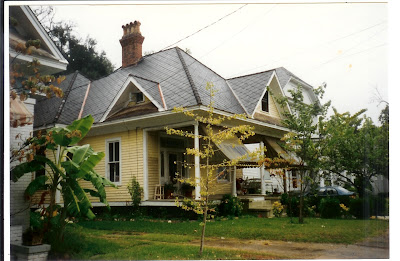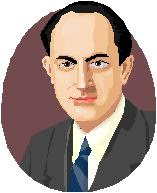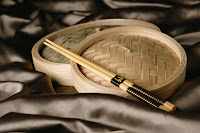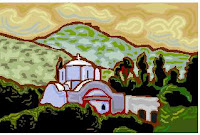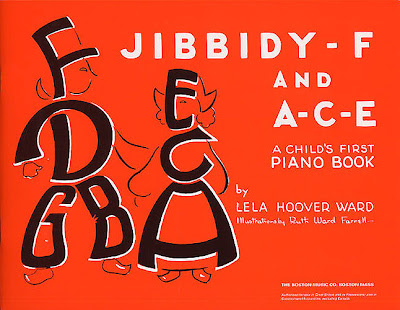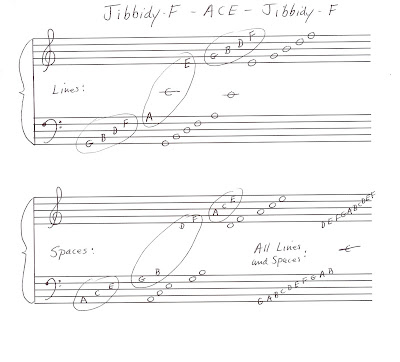 "The Bells of St. Mary"
"The Bells of St. Mary"
Going north along Lemoyne Place to Old Shell Road and turning left or west, one goes approximately one block to Lafayette Street and Old Shell Road. At the southwest corner of this juncture in 1867 not long after the Civil War and when Mobile was in the midst of reconstruction, the second bishop of the Diocese of Mobile, Bishop John Quinlan, saw the need for a parish to be built in the western section of Mobile. The original St. Mary Church was constructed between 1867-1868. Later, by 1926, the parish had tremendous growth with two daughter churches being birthed during those short 60 years with much of the growth being in the first two decades of the 20th century. Construction of a new building was begun in 1926 and completed in 1928. The old church building was moved across the street to become the parish hall. The cream colored stucco walls with the red tiled roof gives the structure a stateliness that is majestic to look at especially with the campanile that stretches out toward the sky and houses the glorious set of cast bells that not only call the congregation to worship but also announces the segments of each day with quarter hour strikes.
I vividly remember my first encounter with the bells. On the first morning of one of our trips to Big Daddy’s home, I was awakened at 6:00 a.m. with the ringing of the Angelus bell and then the subsequent ringing of all the bells which culminates the recitation of scriptures which commemorate the incarnation of the Son of God. The pattern is to ring three long tolls of one bell only. During the first set of tolls, one recites:
V. The Angel of the Lord declared unto Mary.
R. And she conceived of the Holy Spirit.
Then, a second group of three tolls with the following recited:
V. Behold the handmaid of the Lord.
R. Be it done unto me according to thy word.
Then, a third toll in the same manner as above.
V. And the Word was made Flesh.
R. And dwelt among us.
At this point the belfry comes alive with ringing jubilation as the following prayer reminds us of that great event and its significance for those in Christ.
LET US PRAY
Pour forth, we beseech Thee, O Lord, Thy grace into our hearts, that we to whom the Incarnation of Christ Thy Son was made known by the message of an angel, may by His Passion and Cross be brought to the glory of His Resurrection. Through the same Christ Our Lord. Amen.
This devotion and remembrance is repeated at noon and then again at 6:00 p.m. During the Easter Season a different text is recited.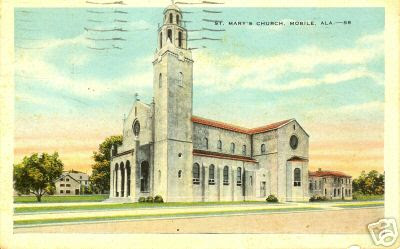
Hearing the bells ringing as the sound filtered through the porthole window of the attic of my grandfather’s home impressed in my soul a love for this heavenly sound. I remember it clearly as though the event took place yesterday. From then on the tolling of bells took on a significance that was more than an emotion. Even as a young child, there was a realization that our lives revolved around this sacred event, the Incarnation, and not around our busy play times or activities. I could not wait for noon to come after I found out that the Angelus was strategically carved into the day.
(St. Bernard Abbey Church, Alabama now has more than one bell.)
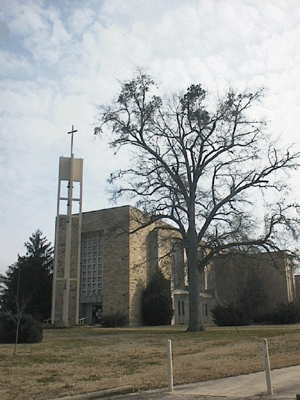 Over the years, a church’s belfry became even more significant as I pursued a monastic vocation at St. Bernard Abbey in Alabama as well as spending one year at Subiaco Abbey in Arkansas. The belfry at St. Bernard Abbey housed only one bell at that time, but it routinely called all to prayer each day, rang in the celebration of great feast days, and tolled the funeral of deceased brethren. The bell tower at Subiaco Abbey was larger than St. Mary’s campanile. There were four huge cast bells
Over the years, a church’s belfry became even more significant as I pursued a monastic vocation at St. Bernard Abbey in Alabama as well as spending one year at Subiaco Abbey in Arkansas. The belfry at St. Bernard Abbey housed only one bell at that time, but it routinely called all to prayer each day, rang in the celebration of great feast days, and tolled the funeral of deceased brethren. The bell tower at Subiaco Abbey was larger than St. Mary’s campanile. There were four huge cast bells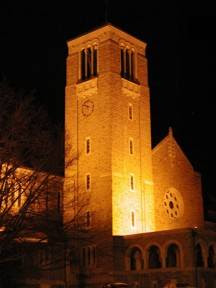 that were even christened with names of long ago saints. Subiaco was set on a hillside in western Arkansas, and I remember having to adjust to the quarter hour and hour tolling that never ceased. Even during the wee hours of night, the bells announced the flow of time through the hour glass of each person’s life who was present on that hill as well as those down in the village of Subiaco.
that were even christened with names of long ago saints. Subiaco was set on a hillside in western Arkansas, and I remember having to adjust to the quarter hour and hour tolling that never ceased. Even during the wee hours of night, the bells announced the flow of time through the hour glass of each person’s life who was present on that hill as well as those down in the village of Subiaco.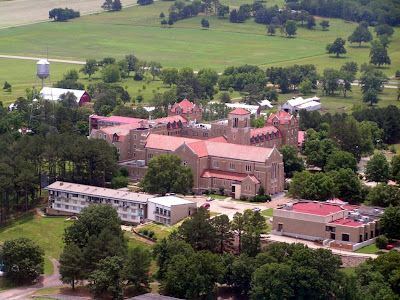
(Subiaco Abbey Bell Tower at night.)
(Subiaco Abbey aerial view.)
As recently as this past July when our congregation presented a vacation Bible school for the area children, bells rang at that event. The VBS was held in Corunna, Michigan in the historic village park adjacent to the town. An historic church building had been moved to the park several years ago where it is used primarily for weddings. The vacation Bible school had its opening and closing sessions in the little German Lutheran Church building which had been moved from its original location in Saginaw County to its location 20 miles south at the county seat of Shiawassee County in Corunna, Michigan. There was never a doubt in my mind who would ring the bell in this little church for the opening and closing of each day.
(German Lutheran Church in Corunna Historic Park.)

The bells of St. Mary still ring in my memory. When my wife and I attended a family reunion of the Connick family (the descendants of Aunt Mame Cronin Connick) in Mobile during the summer of 2002, we drove by St. Mary Church after we had driven by my grandfather’s home that was only around the block from the church. It was almost noon. I wanted my wife to hear the sound of the Angelus. We were not disappointed.
 (Two views of 58 Lemoyne Place. Click on the pictures and notice the #58 on the kick board of the top step.)
(Two views of 58 Lemoyne Place. Click on the pictures and notice the #58 on the kick board of the top step.)















